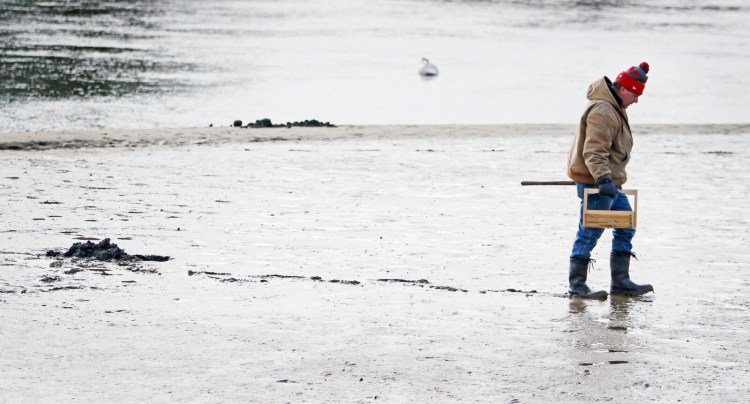A multi-year study by local and federal officials has concluded that more than 30 miles of the York River and its tributaries are eligible and suitable for designation as a Wild and Scenic River.
The York River would be the first river in Maine designated as a Wild and Scenic Partnership River, which could lead to federal funding for habitat restoration or other projects. The York River flows from York Pond in Eliot to York Harbor.
Established by Congress in 1968, the wild and scenic rivers program aims to protect free-flowing rivers that are deemed to have “outstanding natural, cultural and recreational values.”
The Allagash Wilderness Waterway in far northern Maine is designated as a Wild and Scenic River, a different federal classification that comes with restrictions on development.
So-called partnership rivers are a subset of the program and are managed through a partnership of adjacent communities, state government and the National Park Service. The designation does not prohibit development along the river or give the federal government control over property.
The three-year study of the York River was conducted by the National Park Service in conjunction with the York River Study Committee, which has members from four watershed communities. The local group has advocated for years for the designation for the York River.
Fishermen, recreational boaters, hunters and historical preservationists have been pushing for the designation for nearly a decade. In February 2019, U.S. Rep. Chellie Pingree, D-1st District, introduced a bill to designate the York River in the National Wild and Scenic Rivers system. U.S. Rep. Jared Golden, D-2nd District, is a co-sponsor of the bill.
The river and its watershed flow through York, Kittery, South Berwick and Eliot, but mostly in York. The river runs from York Pond past rolling hills, farm fields and salt marshes to York Harbor. It is used by commercial and recreational fishermen, including more than a dozen full-time lobstermen who keep their boats in the harbor.
The salt marshes in the watershed serve as a nursery ground for nearly 30 species of fish. There are habitats for wading birds, migrating and nesting waterfowl, the endangered box turtle and the threatened harlequin duck.
The York River Watershed Stewardship Plan was approved by the York River Study Committee in July 2018. The plan is an advisory document that outlines recommendations aimed at preserving and enhancing the historic resources, ecology, wildlife, water quality, working waterfront, scenic qualities and cultural resources.
The report is available on the National Park Service Planning, Environment and Public Comment website. Public comments can be submitted until April 10.
Send questions/comments to the editors.




Comments are no longer available on this story